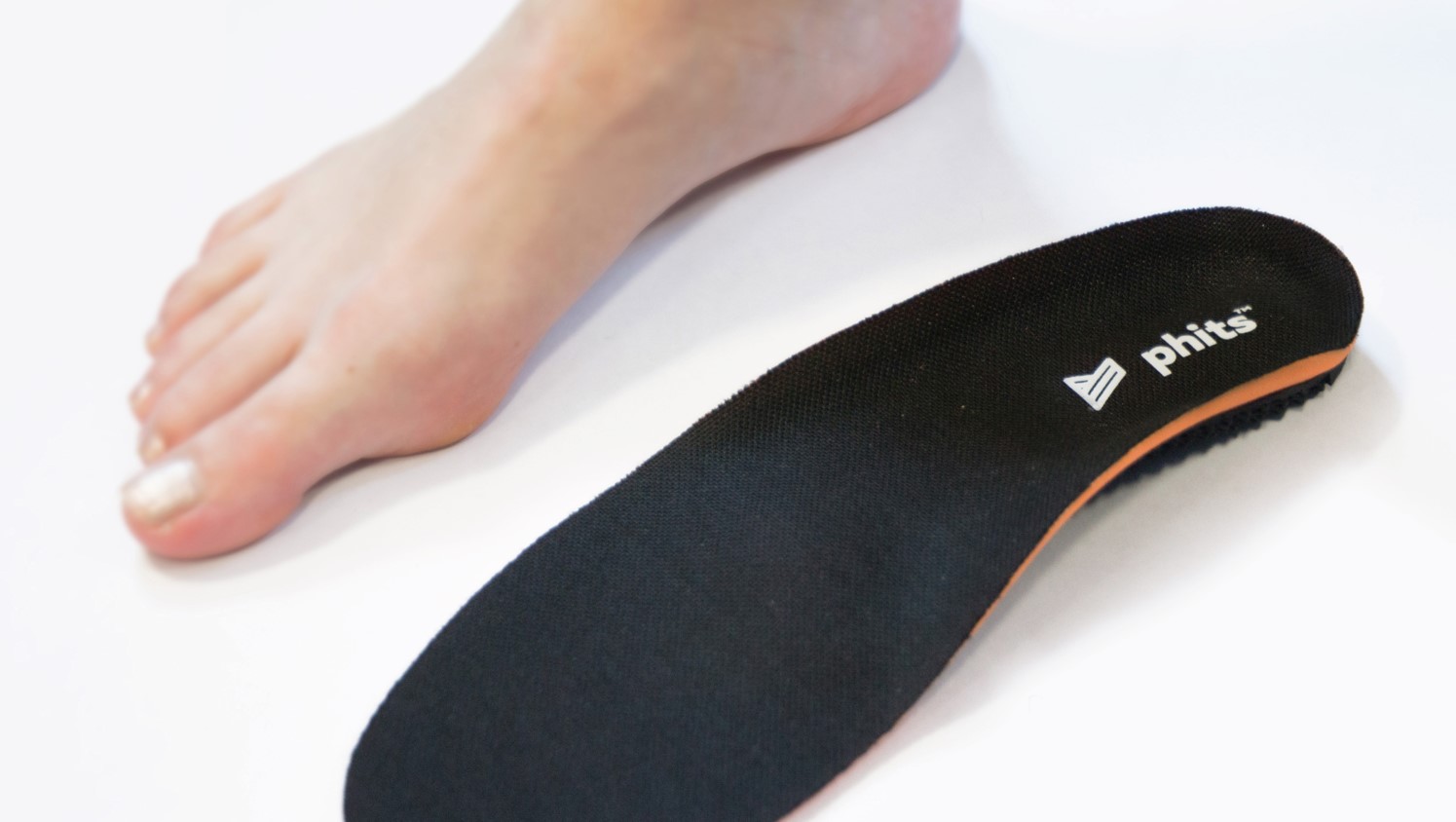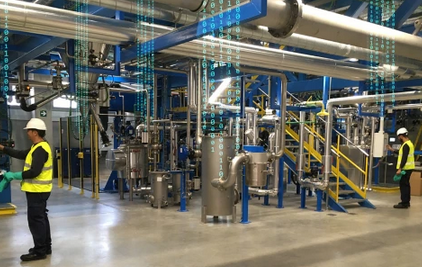The Polypropylene (PP) is a new material for SLS®. This polymer is already used in about 1/3 of all plastic injected parts in the world so it has the potential to become the new standard in Additive Manufacturing (AM) applications as well.
Sidebar
Help and Learning


Here, There, Everywhere: How 3D Printing is Transforming the World of Sports
For more than 30 years, Materialise has used 3D printing to transform manufacturing in industries like aerospace, medical, and automotive. Now, the world of sports is beginning to experience the benefits of personalization like never before, all thanks to additive manufacturing (AM).

Five Key Takeaways from the Mass Personalization Summit
Events where pioneers — medical device companies, clinicians, and researchers — gather to exchange findings, like at the recent Mass Personalization Summit hosted by Materialise, offer important insight into how personalization will drive business in the near and distant future. Eighty-nine percent of event attendees expect personalized care to become sustainable for many more patients in the coming ten years. The following five key takeaways capture the highlights from the event.

How Statistical Shape Modeling Supports Structural Heart Device Design with Reliable Analysis
What does China’s leading transcatheter heart valve company need in their toolbox to stay at the top despite stiff competition? After speaking to Venus MedTech, we learn that it is a twofold answer. They need the correct tools for R&D to meet their goal of solving unmet needs in the structural heart space.

9+ Materials for 3D Printed Fixtures and Jigs
Jigs and fixtures are used in all kinds of manufacturing environments to make repeatable assembly processes more accurate, faster, and safer. Specialized tools like gauges, drill guides, masking templates, and cradles have been traditionally machined from metal. While materials like aluminum provides all the necessary qualities of strength, heat, and chemical resistance, it makes the jigs and fixtures heavy, expensive, and subject to long lead times to design and produce.

Standard Work in All Colors: New Ceresana Report Concerning the World Market for Pigments
Warning or camouflage? Pigments can send signals, but also protect against sunlight or other dangers. The small, color-giving particles are hardly soluble in water or other application media: pigments are mainly added to paints and coatings, plastics and construction materials. In contrast, dyes, being soluble, are used mainly to color liquids, e.g., for textiles. Ceresana has analyzed the world market for pigments for the seventh time. Worldwide demand for pigments is predicted to rise to about 13.4 million tonnes per year in 2030. The researchers expect the highest growth in the regions Asia Pacific and Africa.

Multiphysical Process Simulations Analyze Dynamic Beam Laser Welding
Collaboration between Civan Lasers and TU Wien yields insights on laser welding of stainless-steel tubes with a gap; future work will target welding and additive manufacturing challenges.

Arburg: Exciting podcast on the topic of Artificial Intelligence (AI)
• Gaining knowledge: "AI in Industry" podcast with Arburg development manager, Werner Faulhaber
• Goal-oriented: Arburg drives forward Gestica control system and "Machine Learning"
• Far-sighted: How "intelligent" injection moulding models open new business fields

Putting the ‘ceramic’ in ceramic additive manufacturing systems
Looking to elevate certain high-performance components used within its Carmel AM systems, XJet found a more efficient and economical way to design and manufacture. XJet CBO, Dror Danai, explains how a ‘Eureka!’ moment led XJet to start 3D printing its own parts and jigs.

Major innovations and trends in the aerospace industry
By Patric Scheidner, Corporate Vice President Global Head of Aviation, Space, Rail, Henkel
The Aerospace industry has been around for more than 100 years and yet it is still one of the sectors which is constantly developing new technologies. In the last few years, the industry was mainly driven by digitization, automation, and improved maintenance.
Top 10 Emerging Technologies to Watch in 2021
The 10th anniversary edition of the World Economic Forum’s Top 10 Emerging Technologies report lists new tech trends poised to impact the world in the next three to five years.
Experts convened by the World Economic Forum and Scientific American highlight technological advances that could revolutionize agriculture, health and space.
Self-fertilizing crops, on-demand drug manufacturing, breath-sensing diagnostics and 3D-printed houses are among the list.

 Deutsch (Germany)
Deutsch (Germany)  Polski (PL)
Polski (PL) 







